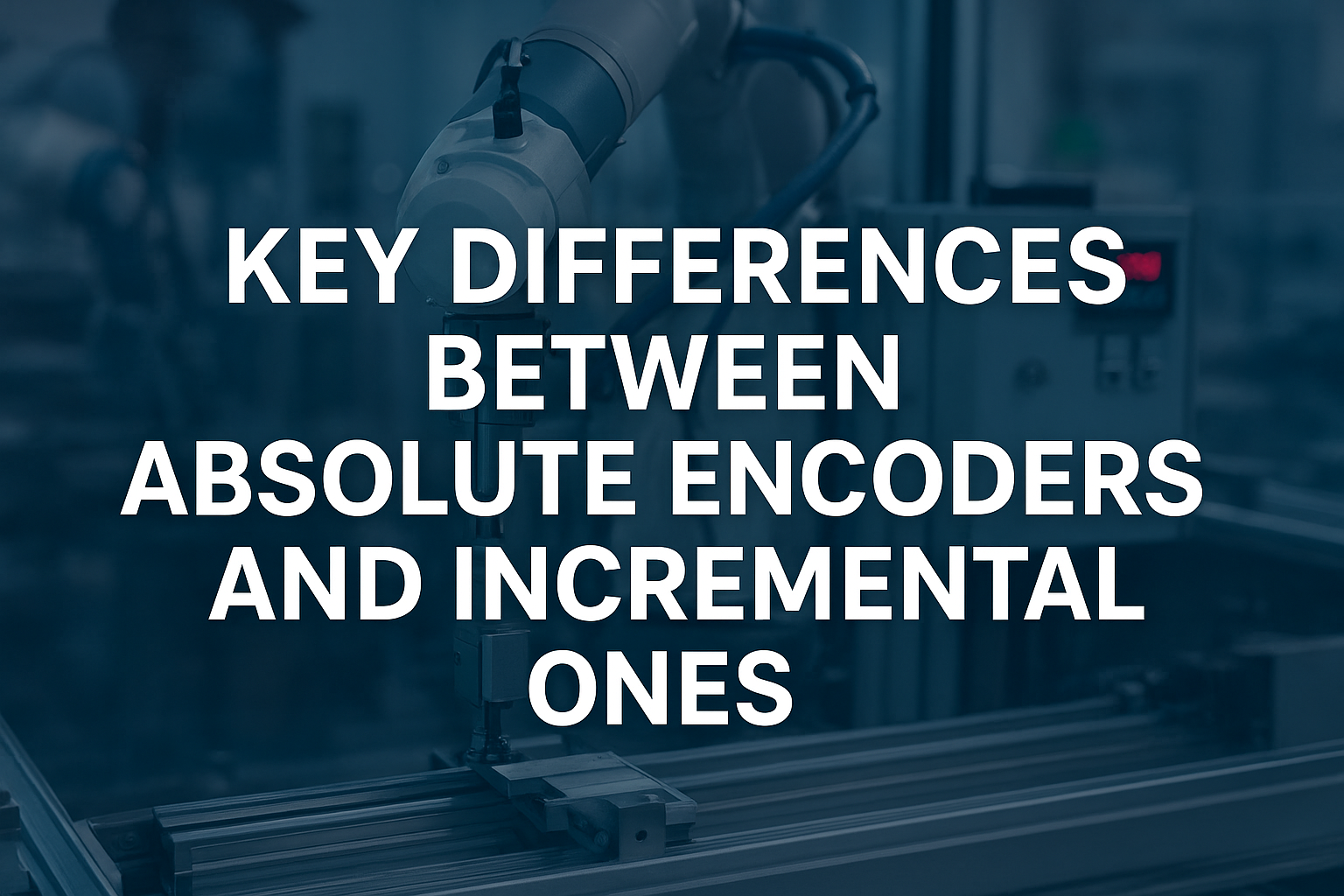What Is the Difference Between Absolute Encoder and Incremental Encoder?
Encoders are the backbone of modern industrial automation, robotics, CNC machinery, and motion control systems. They provide vital feedback on position, speed, and direction, enabling closed-loop control of electric motors and mechanical devices. Among the different encoder types, two categories dominate the field: absolute encoders and incremental encoders.
If you've ever asked, “what is an absolute encoder?”, “how absolute encoder works?”, or “what is absolute encoder vs incremental?”—you're in the right place. This pillar guide will cover everything from definitions, principles of operation, types, differences, applications, advantages, disadvantages, testing methods, and future trends. By the end, you'll know exactly what is the difference between absolute and incremental encoders and how to choose the right one.
What Is an Encoder?
Before diving into absolute and incremental encoders, let's define the basics: what is an encoder? An encoder is an electromechanical device that converts rotary motion or linear motion into an electrical signal. This signal can be used by controllers (PLCs, motion controllers, or servo drives) to determine:
Position – Where the shaft or linear axis is.
Speed – How fast it is moving.
Direction – Which way it is moving.
Encoders come in two main categories:
Absolute encoder – Provides a unique code for every position.
Incremental encoder – Provides pulses to represent movement.
Other related devices include rotary encoders, linear encoders, optical encoders, magnetic encoders, and capacitive encoders. Each works slightly differently but serves the same purpose: reliable position feedback in automation systems.
What Is an Absolute Encoder?
So, what is the absolute encoder? An absolute encoder provides a unique digital code for every shaft position. This means it always knows exactly where it is, even after power loss. Unlike incremental encoders, it doesn't need to return to a home or reference point on restart.
How Absolute Encoder Works
If you're wondering, “how does an absolute encoder work?” or “how do absolute encoders work?”, here’s the answer:
An absolute encoder disc has multiple tracks coded in binary or Gray code.
A sensor (optical, magnetic, or capacitive) reads the pattern on the disc.
Each unique position corresponds to a unique output code.
The controller immediately knows the shaft's absolute position upon power-up.
This makes absolute encoders highly reliable for critical applications where loss of position could mean downtime or safety risks.
Types of Absolute Encoders
Single-turn absolute encoder – Measures position within one revolution.
Multi-turn absolute encoder – Tracks across multiple revolutions using gears or electronic counters.
Applications of Absolute Encoders
Absolute encoders are used in:
Robotics – For precise robot arm positioning.
Medical imaging devices – Where exact location is critical.
CNC machines – To maintain reference without homing cycles.
Aerospace and defense – For safety-critical navigation systems.
What Is an Incremental Encoder?
Next, let's answer “what is incremental encoder and absolute encoder?” An incremental encoder is another popular rotary encoder type that generates pulses as the shaft rotates. These pulses are counted by a controller to determine relative position, speed, and direction.
How Incremental Encoders Work
An incremental encoder produces two signals (A and B channels), 90° out of phase, allowing the controller to detect direction of rotation. A third channel (Z or index pulse) provides a reference point once per revolution. Unlike absolute encoders, incremental encoders lose position after power loss. On restart, they require a homing sequence to re-establish reference.
Applications of Incremental Encoders
Conveyor systems – For speed feedback and synchronization.
Textile and printing machines – For consistent motion tracking.
Servo motors – As part of closed-loop motor control.
Low-cost automation – Where relative motion is enough.
Absolute Encoder vs Incremental Encoder
So, what is the difference between absolute encoder and incremental encoder? Here's a detailed comparison:
| Feature | Absolute Encoder | Incremental Encoder |
|---|---|---|
| Output Signal | Unique digital code (binary/Gray) | Pulses (A, B, Z) |
| Position on Power-Up | Position immediately known | Position lost, requires homing |
| Accuracy | High, unaffected by power cycles | Moderate, depends on pulse counting |
| Complexity | More complex electronics | Simpler design |
| Cost | More expensive | Less expensive |
| Applications | Robotics, CNC, aerospace, medical | Conveyors, packaging, textiles |
In summary, the key difference between absolute encoder and incremental encoder is this:
Absolute encoders → provide true position at all times.
Incremental encoders → provide relative movement only.
Advantages and Disadvantages
Advantages of Absolute Encoders
Exact position even after power loss.
High accuracy and reliability.
Ideal for safety-critical applications.
Disadvantages of Absolute Encoders
Higher cost.
More complex integration.
Advantages of Incremental Encoders
Lower cost and simpler design.
High resolution available for speed feedback.
Works well in general automation.
Disadvantages of Incremental Encoders
Loses position after power loss.
Requires homing cycle.
How to Test an Absolute Encoder
Now that you know what is absolute encoder, let's answer another common question: how to test an absolute encoder?
Check wiring and voltage – Ensure correct power supply.
Connect to PLC or interface – Many use SSI, BiSS, or CANopen protocols.
Rotate shaft manually – Observe digital output changes.
Compare to datasheet – Verify resolution and accuracy.
Testing ensures that the encoder works properly and provides the expected position feedback.
What Is Absolute Encoder vs Incremental
- Absolute encoder = Remembers exact position at all times.
- Incremental encoder = Counts pulses, forgets position after shutdown.
So, when someone asks: “what is absolute encoder vs incremental?” or “what is the difference between absolute and incremental encoders?”—you can answer confidently:
Absolute encoders give a permanent reference of position, while incremental encoders only provide relative motion data.
Applications and Industry Use Cases
Robotics
In robot linear motion and robot arms, absolute encoders ensure precise, repeatable movement without recalibration. Incremental encoders are used in less critical axes where cost matters.
CNC Machinery
Absolute encoders eliminate homing, increasing uptime. Incremental encoders are often used for spindle speed feedback.
Medical Equipment
Absolute encoders guarantee exact positioning in MRI scanners, surgical robots, and imaging systems where patient safety is critical.
Packaging & Logistics
Incremental encoders provide cost-effective speed and direction feedback for conveyor belts and sorting lines.
Future of Encoders
Encoders continue to evolve with:
Smart encoders with IoT connectivity.
High-resolution optical encoders for nanometer precision.
Magnetic absolute encoders with higher durability.
Integration with linear motors and robotic systems.
Conclusion
To recap:
What is an absolute encoder? – A device that provides exact position feedback at all times.
How absolute encoder works? – By generating a unique code for each position.
What is the difference between absolute and incremental encoders? – Absolute encoders give absolute position, incremental encoders give relative movement.
How to test an absolute encoder? – By checking power, wiring, and verifying output codes.
If precision, reliability, and safety matter, go for an absolute encoder. If cost and simplicity are more important, choose an incremental encoder.
This article explained everything about absolute vs incremental encoders, using practical examples, industry applications, and comparisons. Whether you're a student, engineer, or automation professional, you now have a complete understanding of encoders and their differences.

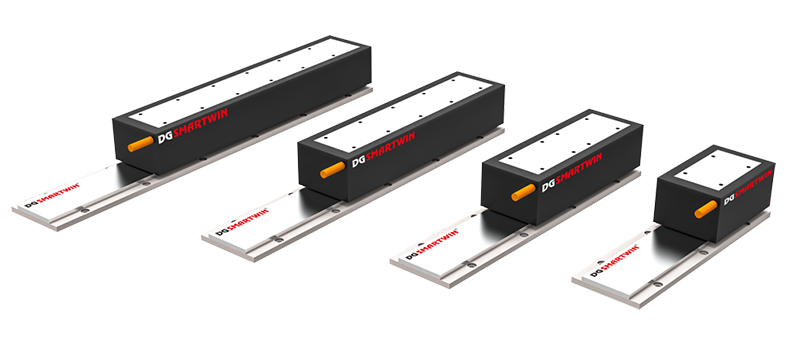
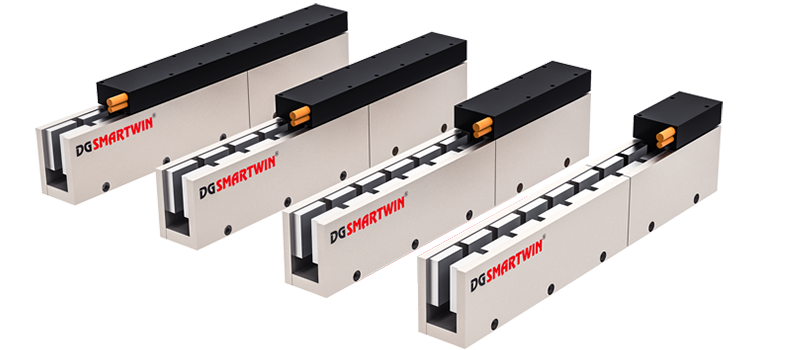
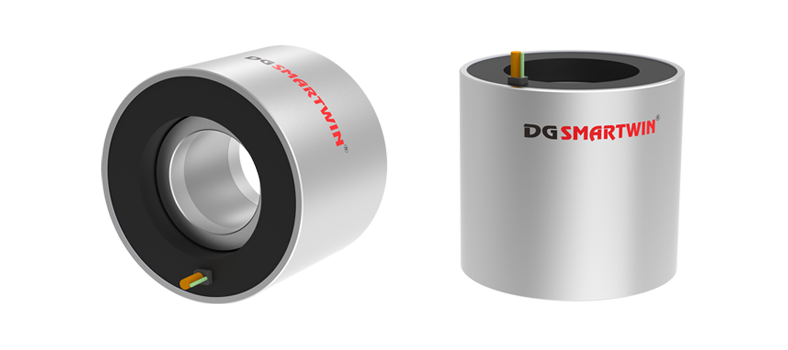
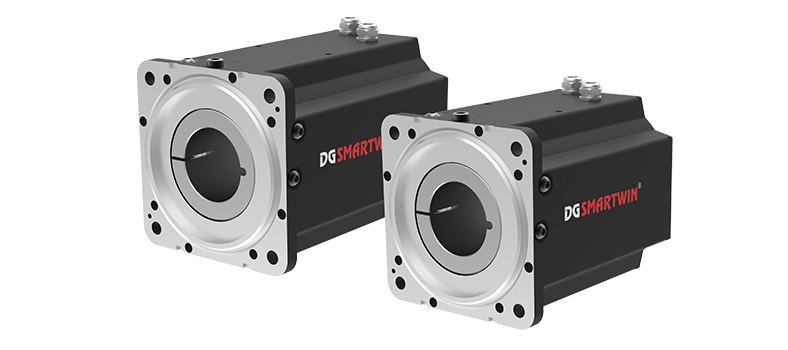
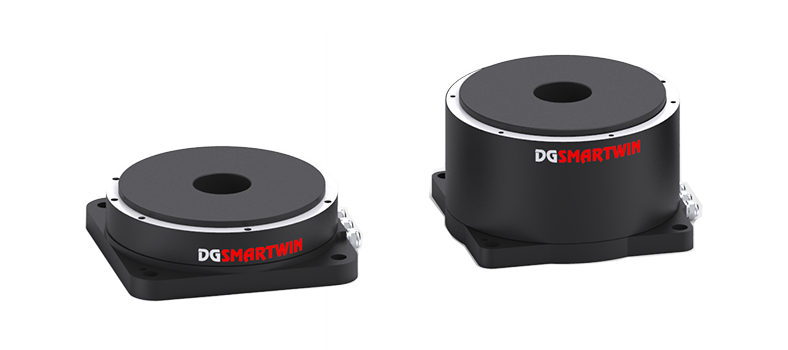
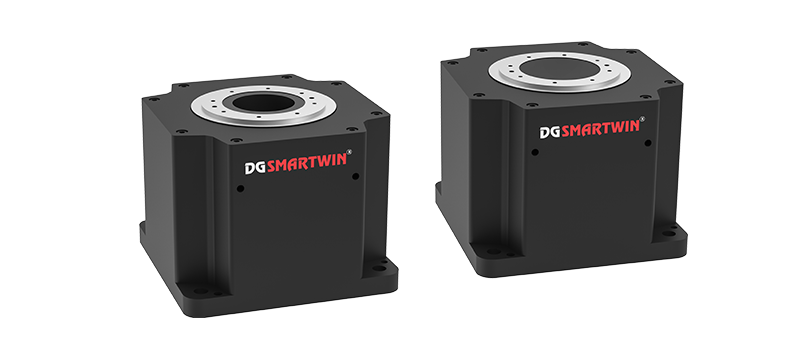
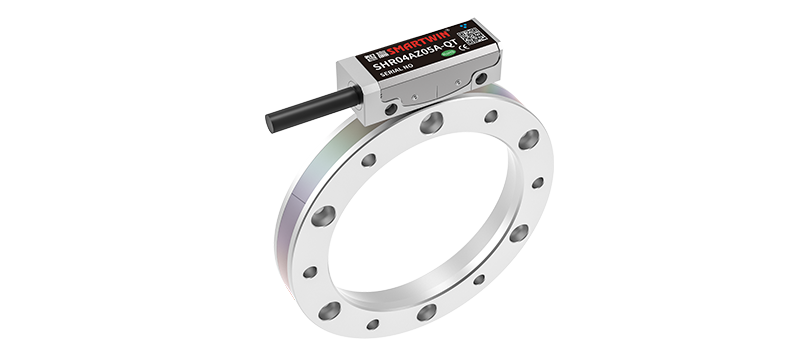
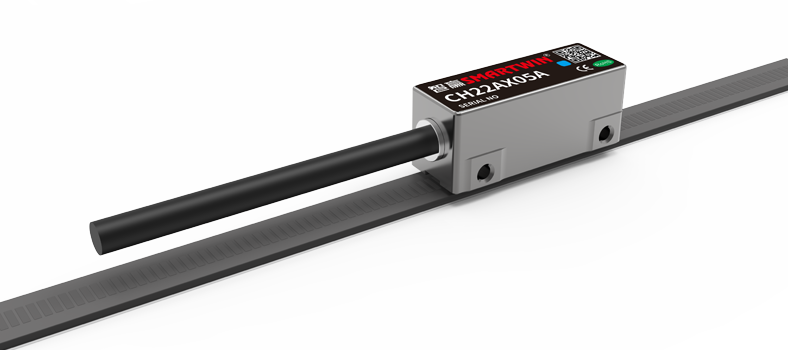








 En
En

